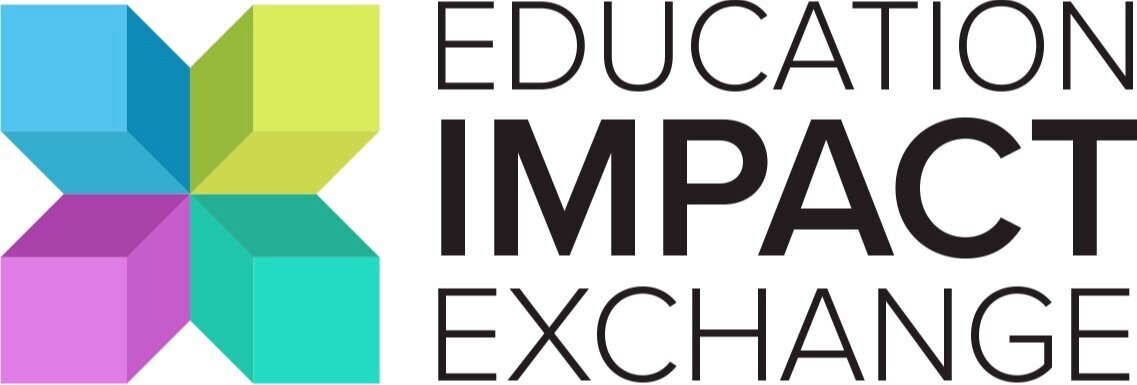Reconciling Science of Reading & Multilingual Student Instruction
The science of reading seems to be on everyone’s lips in our post-pandemic academic realities. Yes, we know that phonics and phonological and phonemic awareness are essential to learning to read. But do they have limits, and should we be more nuanced in how we apply the science of reading? Yes, the science of reading has limits. And yes, we should be more nuanced in our approaches.
The science of reading has largely focused on the teaching of reading and literacy skills to native English speakers, and there is an ongoing debate about the extent to which these approaches are effective for multilingual students (MLS), often called ELLs.
One issue with the science of reading as it pertains to multilingual students is that it tends to emphasize explicit and systematic instruction in phonemic awareness and phonics, which may not always be appropriate for multilingual students. These approaches rely heavily on the use of sounds and written symbols, which may not be familiar or meaningful to students who are still learning the English language. As a result, multilingual students may struggle to make connections between the sounds and symbols they are learning and the meaning of the text, leading to difficulty with decoding and comprehension.
Another issue is that the science of reading tends to focus on individualized instruction and assessment, rather than considering the social and cultural contexts in which multilingual students are learning. Research has shown that multilingual students often rely on their prior knowledge, experiences, and cultural backgrounds to make sense of new information and that they may benefit from instruction that builds on these resources. However, traditional reading approaches may not consider these factors, which can lead to a disconnect between the instruction and the experiences of multilingual students.
In addition, the science of reading too often prioritizes the development of reading skills over other important language skills, such as listening, speaking, and writing. While reading is certainly an important aspect of language development, multilingual students benefit from instruction that focuses on building their overall language proficiency and communication skills. Oral language practices cannot be overlooked while we wallow about in voiced consonants. Oracy is the ability to communicate effectively through speaking and listening. It is an important aspect of language learning and development and particularly relevant for multilingual students.
In multilingual instruction, oracy skills are often focused on through activities that involve speaking and listening, such as discussions, debates, presentations, and role-plays. These activities can help ELLs practice using the target language in authentic and meaningful contexts, and they can also help develop their confidence and fluency in speaking and listening.
Oracy skills are important for ELLs not only for academic success but also for social and personal development. Communicating effectively in a second language can open up new opportunities and help ELLs build relationships and connections with others.
Overall, while the science of reading has provided valuable insights into teaching reading and literacy skills, it may not always be applicable or effective for multilingual students. It is important for educators to consider the unique needs and contexts of multilingual students and to use a range of approaches and strategies tailored to their individual needs that support the development of their language skills as a whole.
Lastly, as often happens in educational movements, we often lose focus on the students and the complexity of their language development. And if the strategies, methodologies, and practices don’t manifest in the set of goals we establish within a set of time we establish, we blame the children. In contrast to the science of reading, language learning is often not linear. Mary Ellen Vogt, professor emerita of Education from California State University, Long Beach, in her podcast with Tan Hyunh talks about how the Science of Reading is often confused with the science of TEACHING reading.
If teachers have knowledge of the science of reading AND if they know that language development is complex and non-linear, AND if they are aware of how primary language transfers to English, then teachers can be empowered to move flexibly and more fully respond to students’ needs.
Let’s not be reductionist in our teaching approaches and language learning.
References
Garcia, E. E. (2009). Teaching English language learners: What the research does—and does not—say. American Educator, 33(3), 12-19, 48.
Genesee, F., & Lindholm-Leary, K. (2006). English language learners and reading instruction: A research review. Review of Educational Research, 76(1), 1-42.
Krashen, S. (1997). The power of reading: Insights from the research. Portsmouth, NH: Heinemann.

